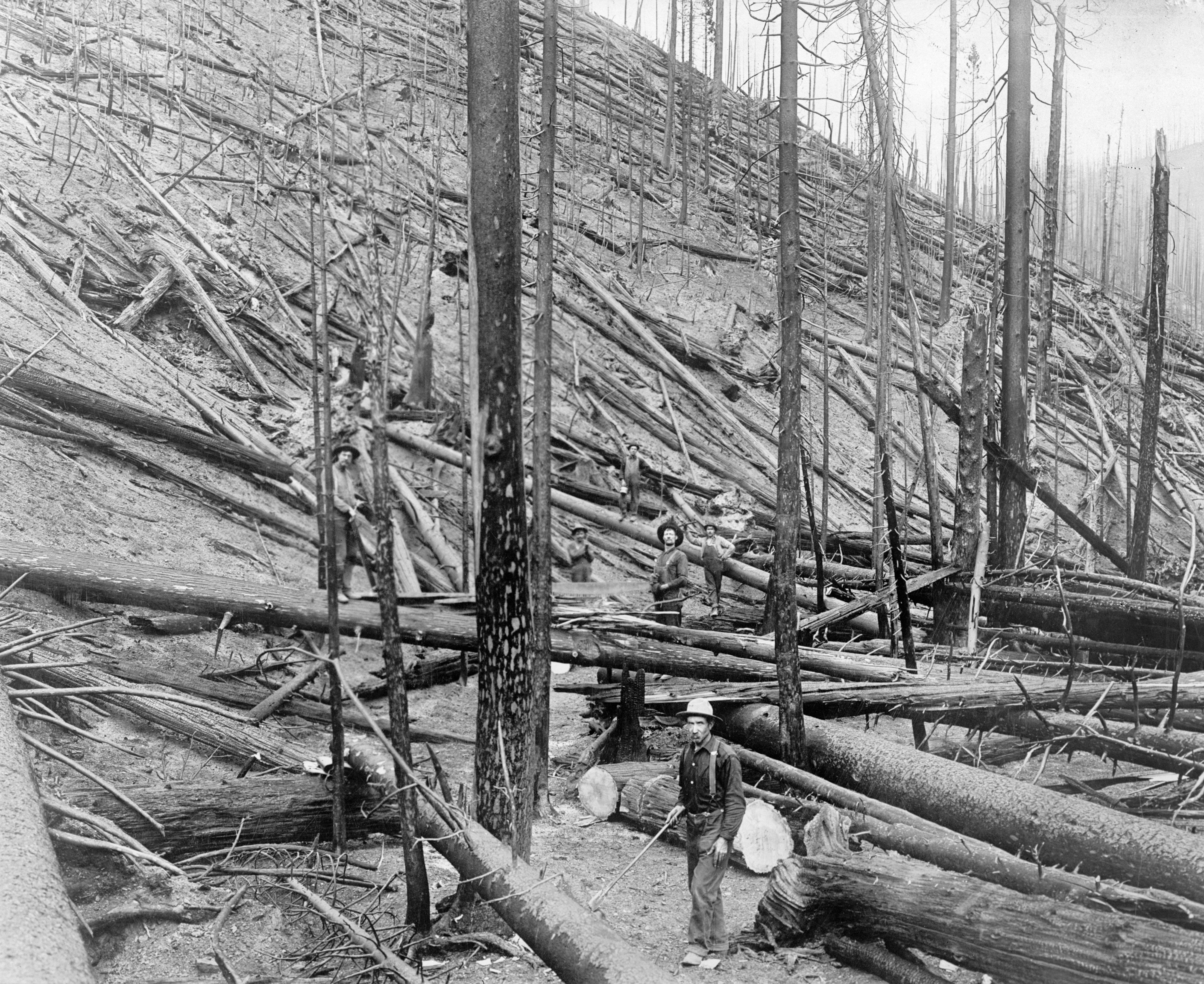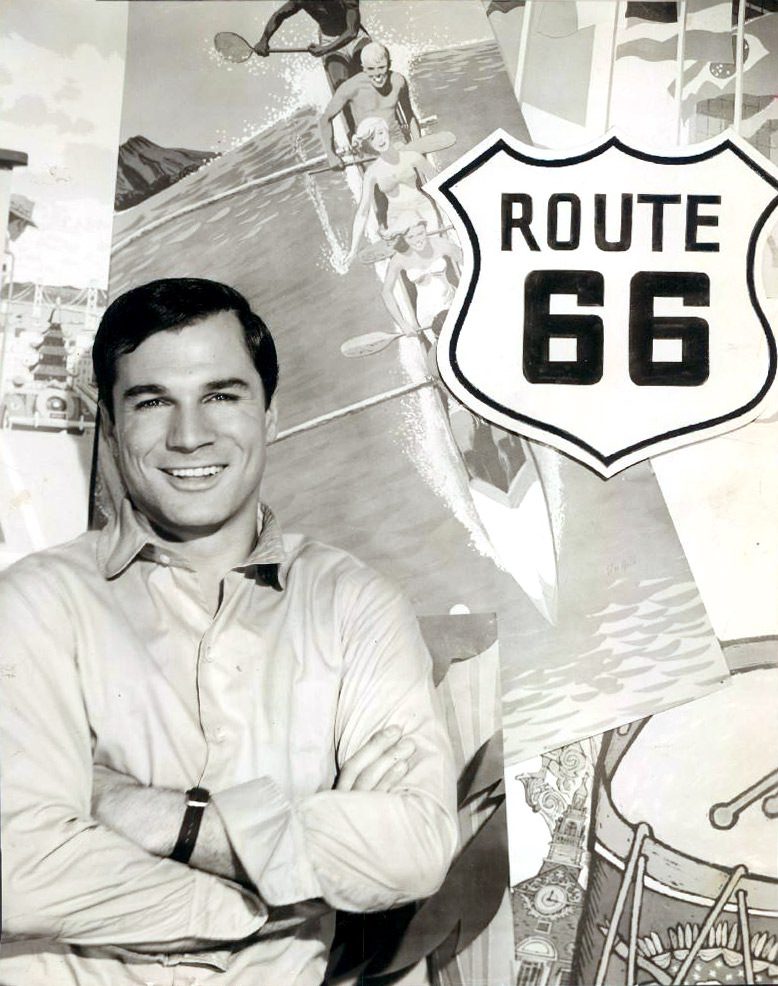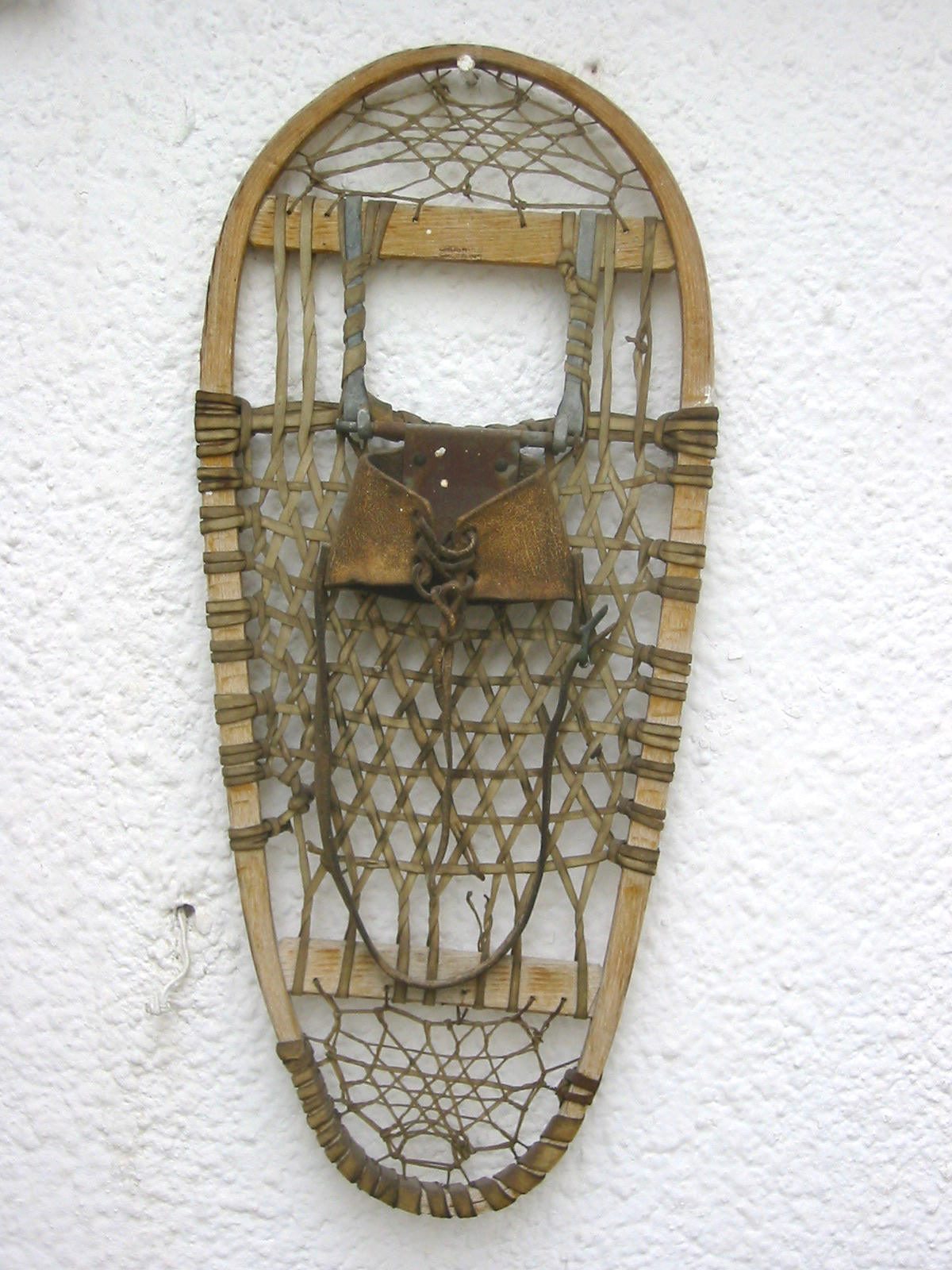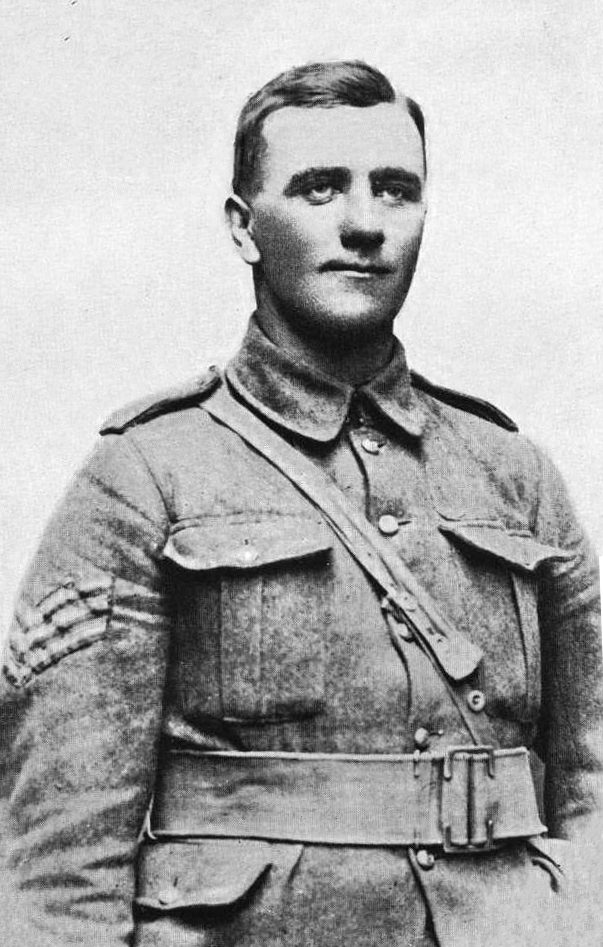Description
The Great Fire of 1910 was a wildfire in the Inland Northwest region of the United States which burned three million acres in Northern Idaho and Western Montana in the summer of 1910, with extensions into Eastern Washington and Southeast British Columbia. The area burned included large parts of the Bitterroot, Cabinet, Clearwater, Coeur d'Alene, Flathead, Kaniksu, Kootenai, Lewis and Clark, Lolo, and St. Joe national forests. The fire burned over two days on the weekend of August 20–21, after strong winds caused numerous smaller fires to combine into a firestorm of unprecedented size. It killed 87 people, mostly firefighters, destroyed numerous manmade structures, including several entire towns, and burned more than three million acres of forest with an estimated one billion dollars' worth of timber lost. While the exact cause of the fire is often debated, according to various U.S. Forest Service sources, the primary cause of the Big Burn was a combination of severe drought and a series of lightning storms that ignited hundreds of small fires across the Northern Rockies. Ignition sources also likely included human activity such as from railroads, homesteaders, and loggers. It is believed to be the largest, although not the deadliest, forest fire in U.S. history.







